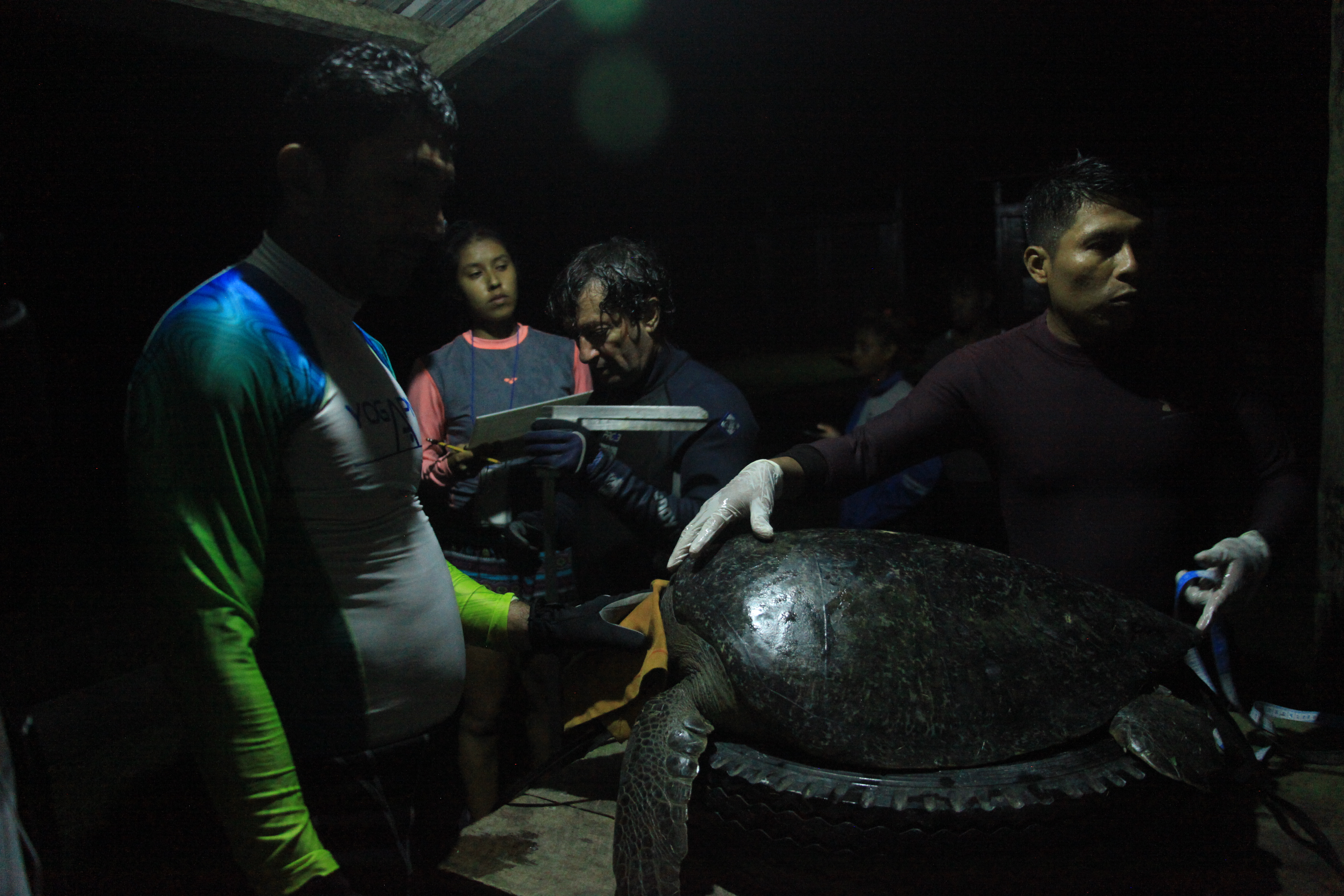Linking policy and management to the World Heritage Convention and the Outstanding Universal Value
The purpose is to add World Heritage-specific criteria and values to complement the existing nature conservation management, thus emphasizing that the World Heritage designation is the utmost international acknowledgment for a natural area.
The Operational Guidelines for the Implementation of the World Heritage Convention (§ 111) state that an adaptive management cycle of planning, implementation, monitoring, evaluation, and feedback is among the elements of effective management. In the SIMP development process, the existing TWSC management instruments (activities, policies, plans, and strategies) are organised and visualised in the corresponding phases of the adaptive management cycle (see graph).
To assess existing and potential positive and negative effects on the Outstanding Universal Value (OUV) of the Wadden Sea World Heritage, ten key values were identified from the three criteria met by the Wadden Sea (method used in the Climate Vulnerability Index). A rapid expert assessment of the positive and negative effects of the SIMP key topics on each of the ten OUV key values supported the discussions of potential management activities (see graph).
An index-based rapid assessment of the vulnerability to climate change (Climate Vulnerability Index -CVI) using the OUV key values was done in 2021.
The World Heritage Convention sets out the duties of the State Parties, their roles in protecting and preserving the sites, and provides operational guidance on the Convention’s implementation.
TWSC was established in 1978 as a tool for cooperation and coordination of nature conservation. Denmark, Germany, and the Netherlands have built independently, and jointly a comprehensive management system addressing key aspects.
